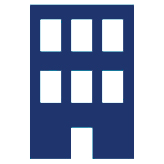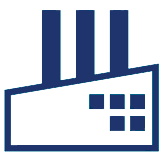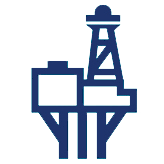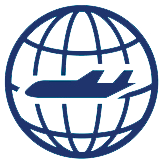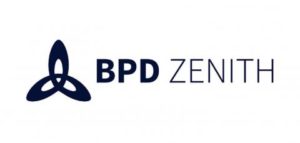The Facilities Management (FM) sector continues to face the challenges of tight profit margins, reduced facilities occupancy, decreasing budgets and increased client expectations, especially around keeping their staff safe.
The need to be able to create a competitive advantage that differentiates an offering from others, particularly in light of the imminent uncertainty caused by a global pandemic and Brexit, is increasingly imperative. Being able to deliver FM services more effectively and retaining FM contracts are therefore Board level discussions that continues amongst senior executives.
One of the key considerations is how technology can be used to support the business operations and processes, whether it is through automation, efficiencies or gathering data to drive business intelligence for decision making.
Why is Technology Key?
Technology is playing an increasingly important role; using it as a virtual backbone for processes and intelligence gathering and collating, FM companies are able to reduce their labour resources and improve their business decisions.
This is borne out by the findings of the 2019 BIFM Facilities Management Business Confidence Monitor which reported over half of the FM businesses were looking to invest in technology. The results showed that 54% of businesses are planning to make a technology investment that will focus on measuring and reporting tools, and 52% are looking to invest in technology that will target service delivery software.

Increasing profitability and customer satisfaction
One of the key IT systems that can bring a real competitive advantage to a Facilities Management company is asset management technology; it is also widely recognised that using asset / facilities managementsoftware to support the FM or outsourcing offering can generate significant savings.
There is no doubt that a facilities management system supported by well-designed business processes should expect to drive down costs, raise labour productivity and improve service levels. Indeed there are numerous statements made within the industry that propose asset management can deliver 10% improvement in utilisation, 15% in cost savings and 10% increase in asset availability. However, there is little hard evidence available for senior executives to rationally evaluate whether their facilities management system and approach are fit for purpose or maximising the full potential.
Building the Case to Fully Optimize your Facilities Management Service Solution
To counter this lack of tangible evidence Peacock Engineering Ltd carried out diagnostic research to identify the potential savings an FM provider could look to achieve with an effective facilities management system. As an IBM Gold Business Partner, Peacock Engineering used its experience of developing and delivering IBM Maximo® solutions to analyse the typical savings available to FM companies.
The key assumptions of the facilities management approach was to ensure that the FM company was able to retain and deliver existing contracts more profitably, as well as competing more effectively for new FM deals with new and existing customers.
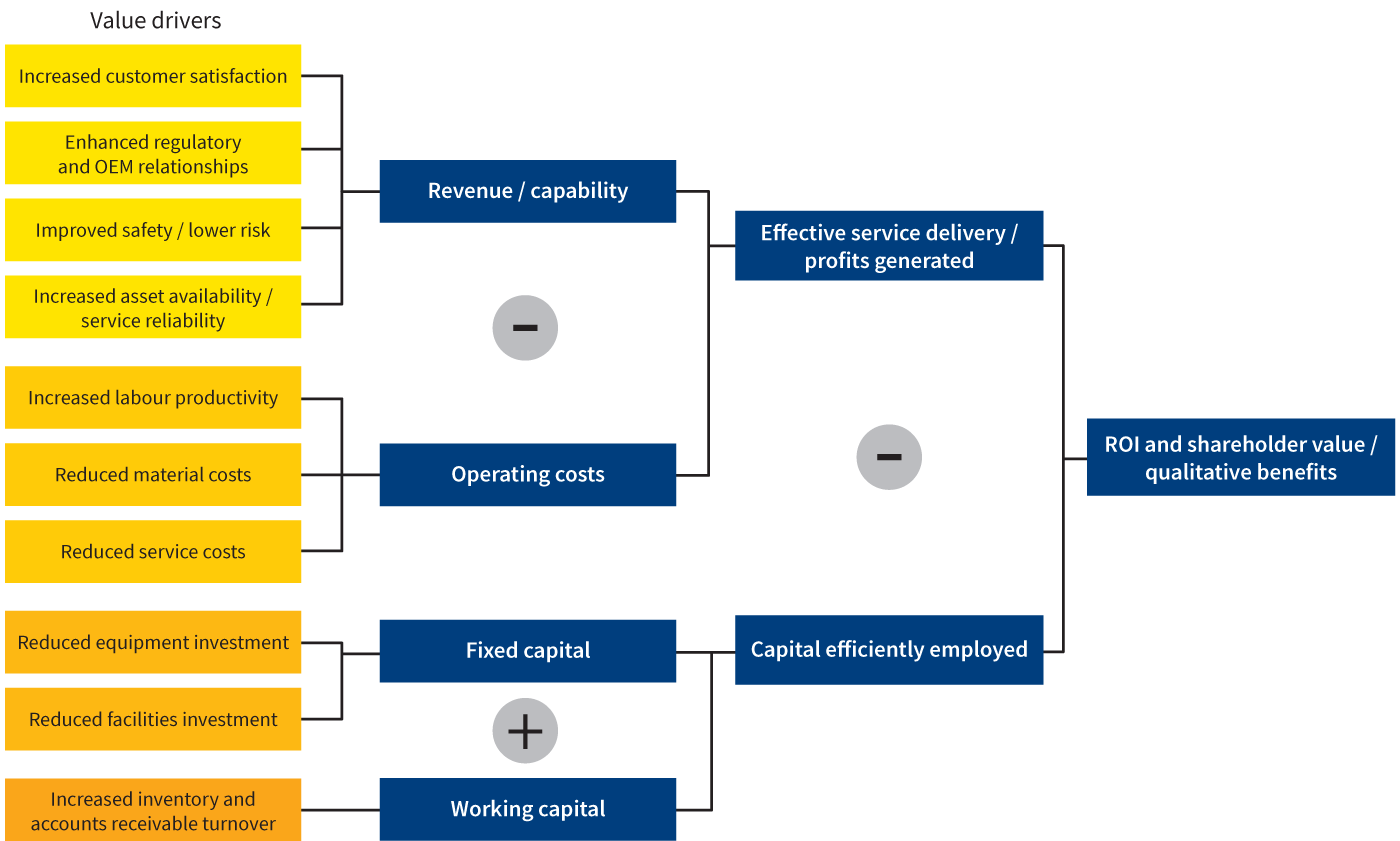
This means that the facilities management system was able to increase profitability and customer satisfaction by:
- Providing detailed and accurate billing for all work including additional jobs that fall beyond the original work order scope
- Improving cost control of maintenance materials and labour.
- Improving efficiency of service delivery and compliance with SLAs through automatic notification and assignments.
- Achieving better manpower planning and scheduling and reducing non-value-added activities.
- Reducing administrative costs for work planning and commercial administration.

The study focussed on a company that had a turnover of c.£1.5bn with a mobile workforce of 3,000 engineers and technicians and a large supporting team structure. They had grown through acquisitions and contract wins, which meant a number of discrete teams came across on TUPE who did not share one single approach.
In order to establish where savings could be made, the workflow lifecycle was broken down into five areas, which could then be analysed for opportunities for improvement.
These five process areas are:
- Work order receipt
- Work planning and receiving
- Work execution and recording
- Supporting administration
- Commercial administration
What our clients say:
“We have worked with Peacock Engineering for a number of years. Most recently they ensured our Maximo® upgrade to 7.6 was both rapid and smooth. We now have access to Service Requests and Work Centers, helping us organise our team more effectively. Our Fingertip solution has also been upgraded to the latest version. The enhanced user design makes it easier for us to complete work using mobile forms for better data quality.”
Darron Kearns, Maintenance & Facilities Manager,
Top Fashion Brand

Identifying the Benefits for your Company
The relative costs of the work progression lead to differing costs for the activities. For example, typical industry norms comprise a cost ratio of 10:1 for work execution versus work planning. Instigating automation and optimisation into the workflow offers improvements in both areas, increasing the ratio to above 25:1 and the utilisation rate of the direct labour force.
Technology based performance gains, when totalled across the different work areas, can exceed 17% with subsequent revenue increase through efficient capture of works that should be billable extras, and more effective income recovery through clarity of work performance and billing. The recommended steps to identify the benefits to your company are:
- Assess current system for capability and delivery.
- Analyse current processes around work orders to identify areas of improvement
- Align potential improvements against technology solution and use to calculate improvements, reductions, cost savings and revenue generation.
- Clearly understand the cost of work delivery, and how that is proportioned across the management and delivery processes.
- Identify overall business benefits and risks to new system adoption. This would include figures for improved staff utilisation, reduced income loss, improved material billing and improved allocation of work.
- Design a solution platform that enables operational efficiencies and standardised ways of working. This should consider how to achieve standardisation and efficient billing; improving job estimation; delivering contract modelling through a data driven approach, rather than system changes per contract, and eliminate revenue leakage through full work capture.
- Evaluate how smarter resource planning and enhanced business insight will be delivered. This should include longer-term demand planning and forecasting, resourcing required, optimisation of in-house versus outsourced support and improved pricing.
Develop a plan for integration/migration of contracts to drive standardisation and business case customisations.
Having an effective facilities management system improves maintenance materials, labour, utilisation and efficiency of service delivery stock levels with SLA for an FM organisation.
This supports the over-arching business strategy of preserving minimal costs, raising labour productivity, and improving levels of service in order to retain and deliver contracts. The result is ensuring assets are available and maintained, and that a field-based workforce is effectively scheduled, thus giving the organisation a clear competitive advantage in the marketplace.
Get started with a better EAM solution – contact our experts today
Call us on +44(0)20 3356 9629 or use our contact form below.

